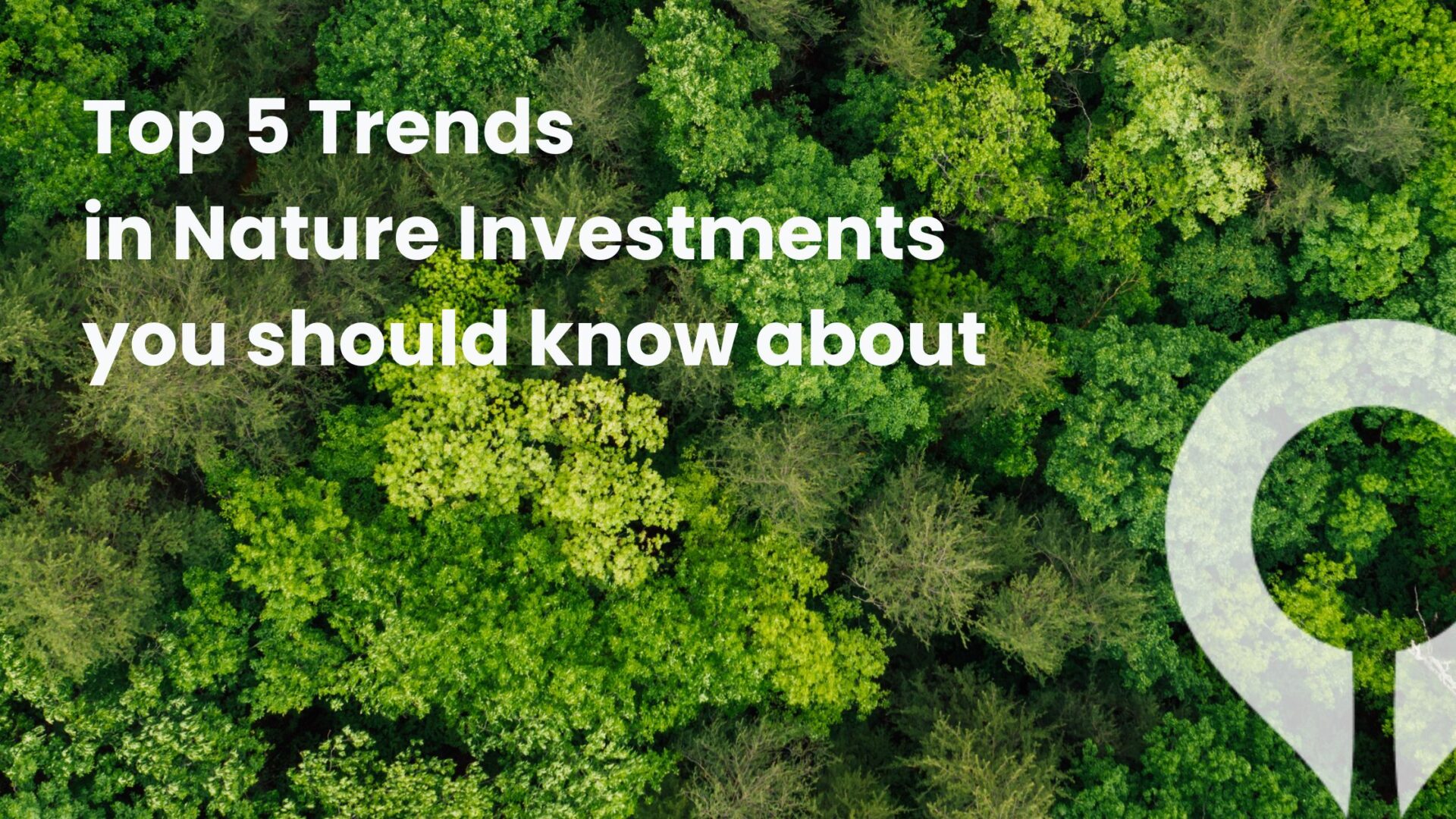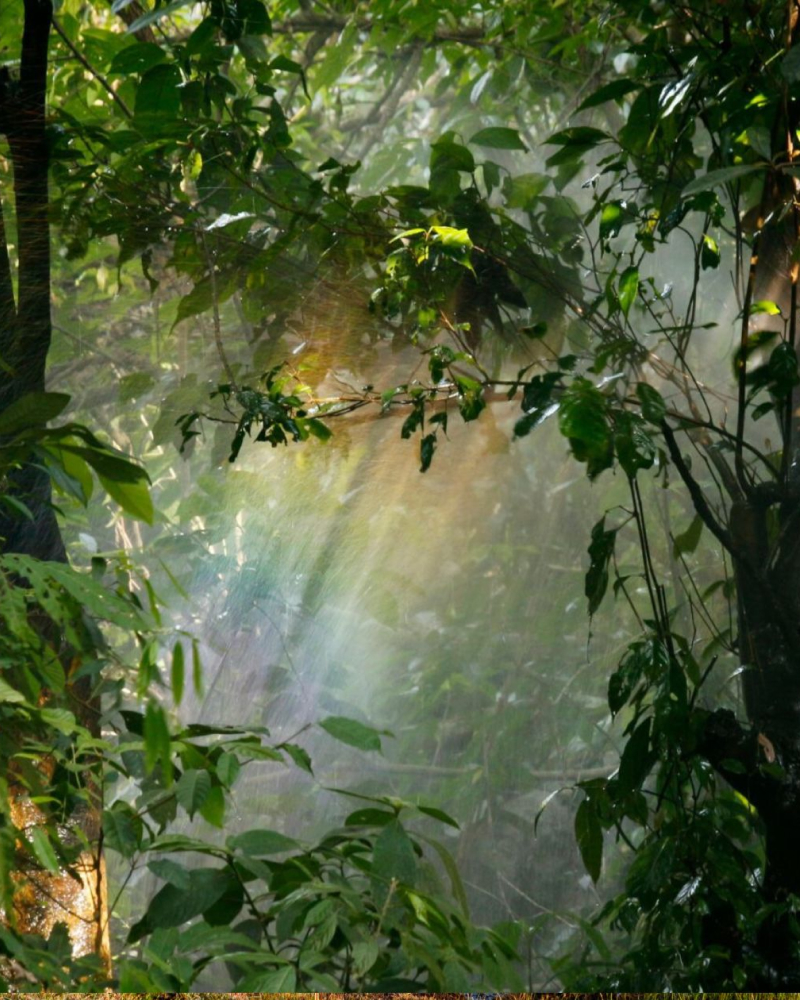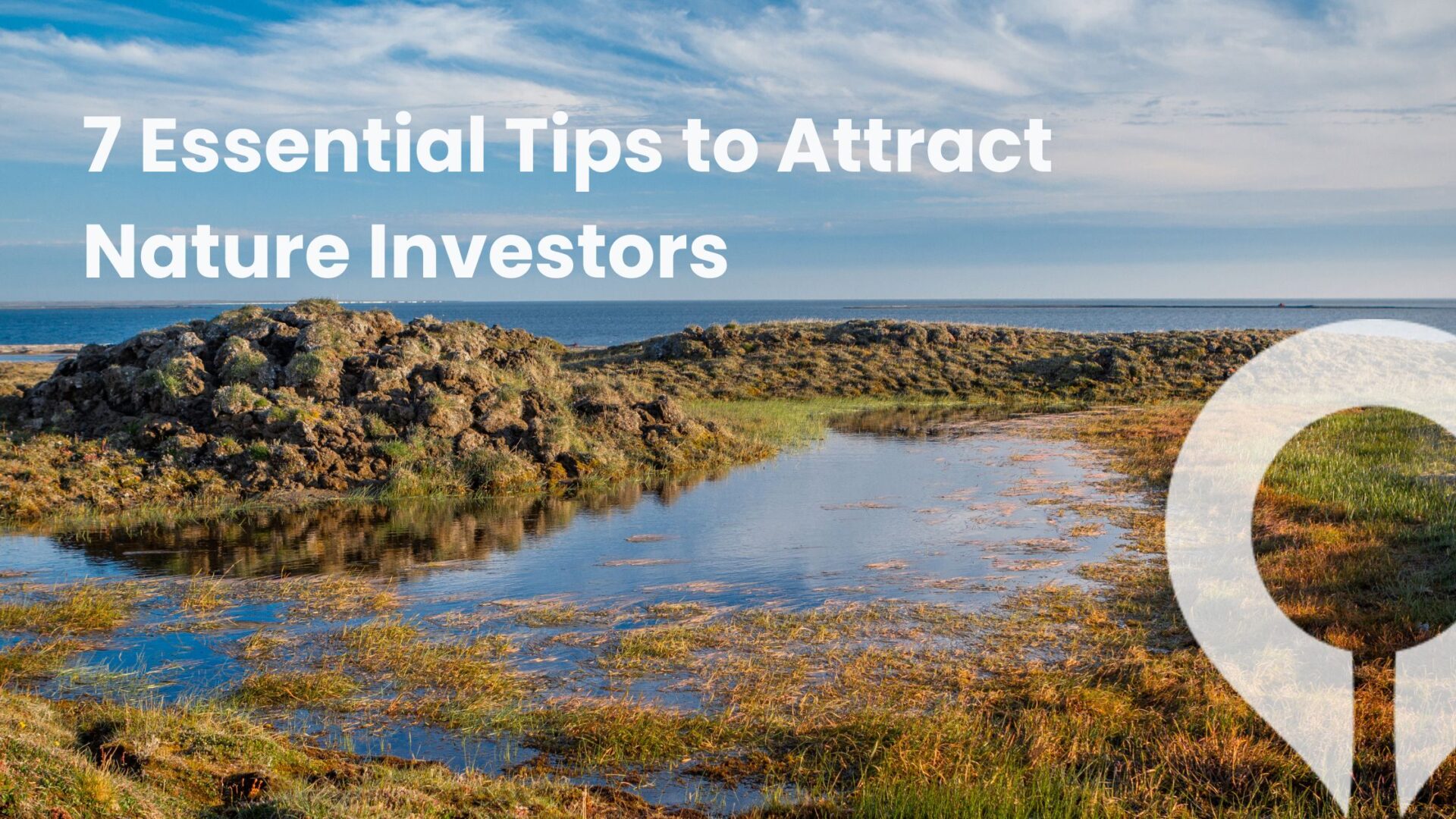Nature-based investments are experiencing significant growth as companies and governments prioritize climate action. From biodiversity preservation to sustainable livelihoods, the trends in nature investments reflect global interest in solutions that combat environmental challenges. Here’s a look at the top five trends shaping nature-based investments today.
Table of Contents
1. The Rise of Carbon Offset and Sequestration Projects
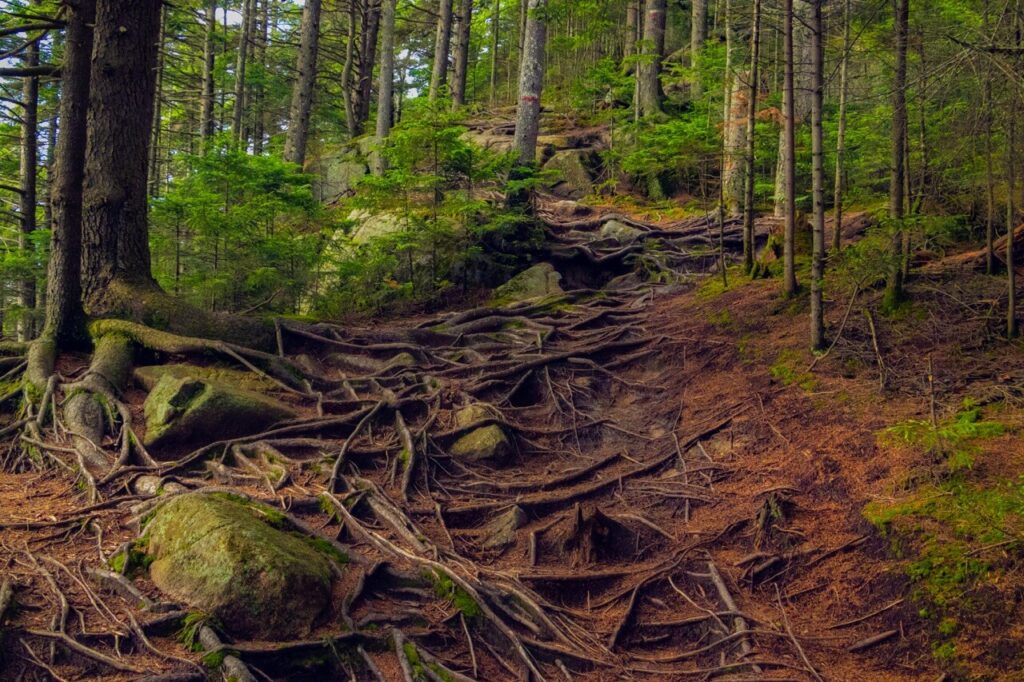
Carbon offset initiatives, especially those involving reforestation and afforestation, are highly attractive to investors. With increasing pressure to achieve carbon neutrality, corporations and funds are investing in projects that capture and store carbon dioxide. According to the State of the Voluntary Carbon Markets 2024 report by Ecosystem Marketplace, global demand for carbon credits surged to over 170 million metric tons in 2022, signaling strong interest in verified carbon sequestration projects.
🔗 Learn More: State of the Voluntary Carbon Markets 2024
Key Insight: Highlight how your project contributes to carbon reduction with measurable data, such as CO₂ offset calculations, to appeal to investors focused on climate impact.
2. Biodiversity Conservation as a Priority

The preservation of biodiversity is a crucial focus for investors, particularly as ecosystems face unprecedented threats. According to the World Economic Forum, over 50% of global GDP—approximately $44 trillion—is moderately or highly dependent on nature and its services. The Global Biodiversity Framework adopted at COP15 in 2022 emphasizes the urgent need for restoring 30% of degraded ecosystems by 2030, providing a clear direction for biodiversity-focused investments.
🔗 Learn More: Convention on Biological Diversity
Key Insight: Highlight your biodiversity impact with data on species protected, ecosystems restored, or invasive species managed. Investors value clear outcomes that illustrate ecological improvement.
3. Sustainable Agriculture and Eco-Friendly Livelihoods

Investors are increasingly drawn to projects that merge environmental goals with social and economic benefits for local communities. Sustainable agriculture initiatives play a key role in achieving food security while conserving resources. The Food and Agriculture Organization (FAO) notes that agroforestry systems alone could sequester up to 9 gigatons of CO₂ per year, while also supporting millions of rural livelihoods.
🔗 Learn More: FAO: Agroecology and Sustainable Agriculture
🔗 Resource: Regenerative Agriculture Investment Insights
Key Insight: Projects with sustainable livelihood benefits resonate with investors looking for both environmental impact and social value. Emphasize your project’s contribution to local economies and environmental stewardship.
4. Water Conservation and Freshwater Ecosystem Restoration

Water scarcity is a growing global concern, with 2.3 billion people living in water-stressed countries, according to the United Nations. Projects that protect, restore, or conserve freshwater ecosystems are highly appealing to investors. Access to clean water remains one of the most critical challenges for millions of people worldwide, making water-focused initiatives an essential area for sustainable development. One such initiative is the water donation with Neverthirst, which helps provide safe drinking water to underserved communities across Africa and Asia through long-term, community-based solutions. Not to forget, that wetland restoration can store up to 200 metric tons of carbon per hectare annually, as noted by the Ramsar Convention.
🔗 Learn More: UN Water Scarcity Facts
🔗 Case Study: Wetland Restoration Success Stories – Ramsar
Key Insight: For water-focused projects, emphasize the conservation or restoration outcomes that contribute to water security and ecosystem health, such as gallons conserved or areas restored.
5. Alignment with Global Sustainability Frameworks
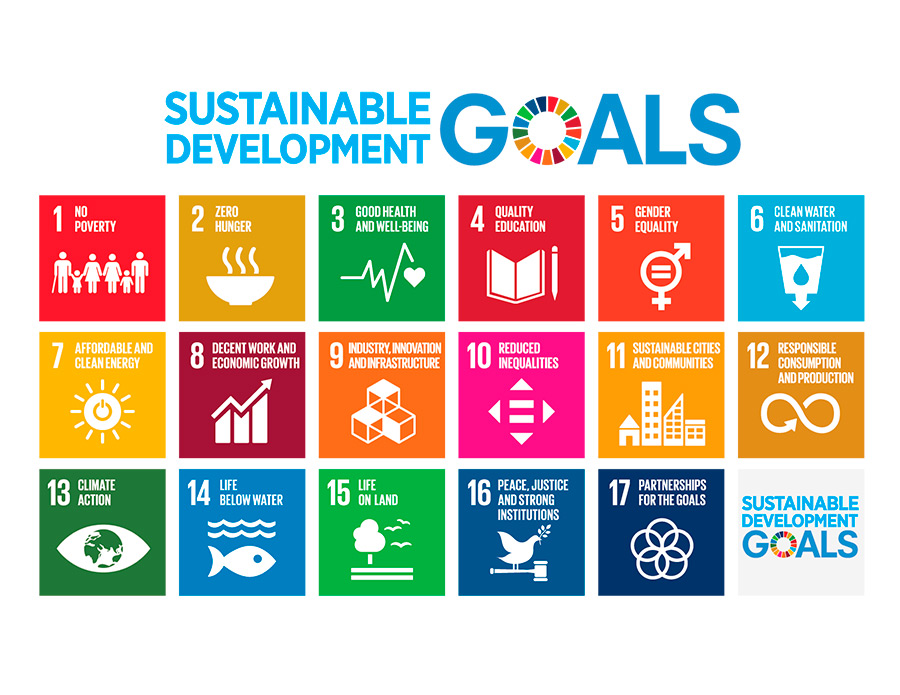
Investors are increasingly aligning their portfolios with established frameworks such as the United Nations’ Sustainable Development Goals (SDGs) and ESG standards. The Global Impact Investing Network (GIIN) reports that impact investments rose to $1.16 trillion in 2023, driven by alignment with frameworks like the SDGs. Nature-focused investments that contribute to SDG 13 (Climate Action), SDG 15 (Life on Land), and SDG 6 (Clean Water) offer measurable impact that resonates with sustainability-focused portfolios.
🔗 Learn More: GIIN: State of Impact Measurement
🔗 Resource: UN SDG Action Platform
Key Insight: Clearly align your project with one or more SDGs or ESG criteria. By doing so, you show that your project supports global goals, enhancing its attractiveness to nature-focused investors.
explorer.land: The platform for Nature-Based Investment
If you’re looking to attract funding for your environmental project, explorer.land offers a dedicated platform to connect with global nature-focused investors. By showcasing your project with detailed visuals, maps, and data, explorer.land helps organizations like yours engage funders who are committed to impactful nature-based solutions. Through explorer.land, you can share your project’s progress transparently, demonstrating value to investors looking to make a difference. See our use-cases
—
As these trends continue to evolve, environmental organizations have a valuable opportunity to connect with investors who share their mission. By aligning your project with these trends and leveraging platforms like Explorer.land, you can tap into the expanding world of nature-based investment and secure support for a more sustainable future.
Ready to attract funders? List your project on explorer.land!
